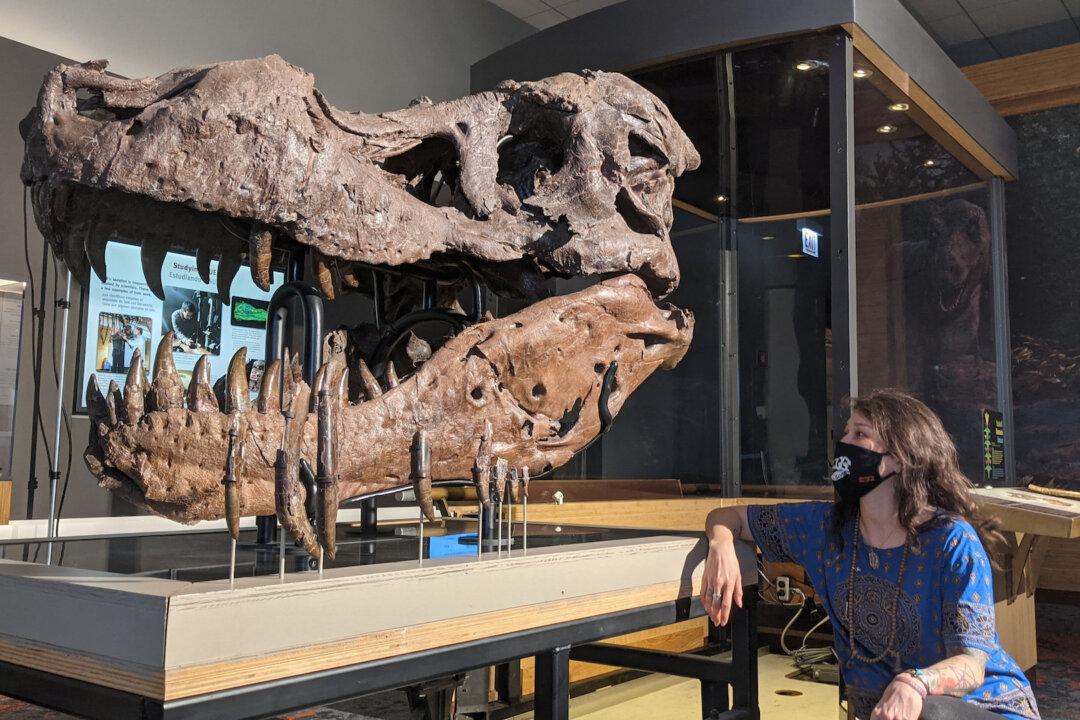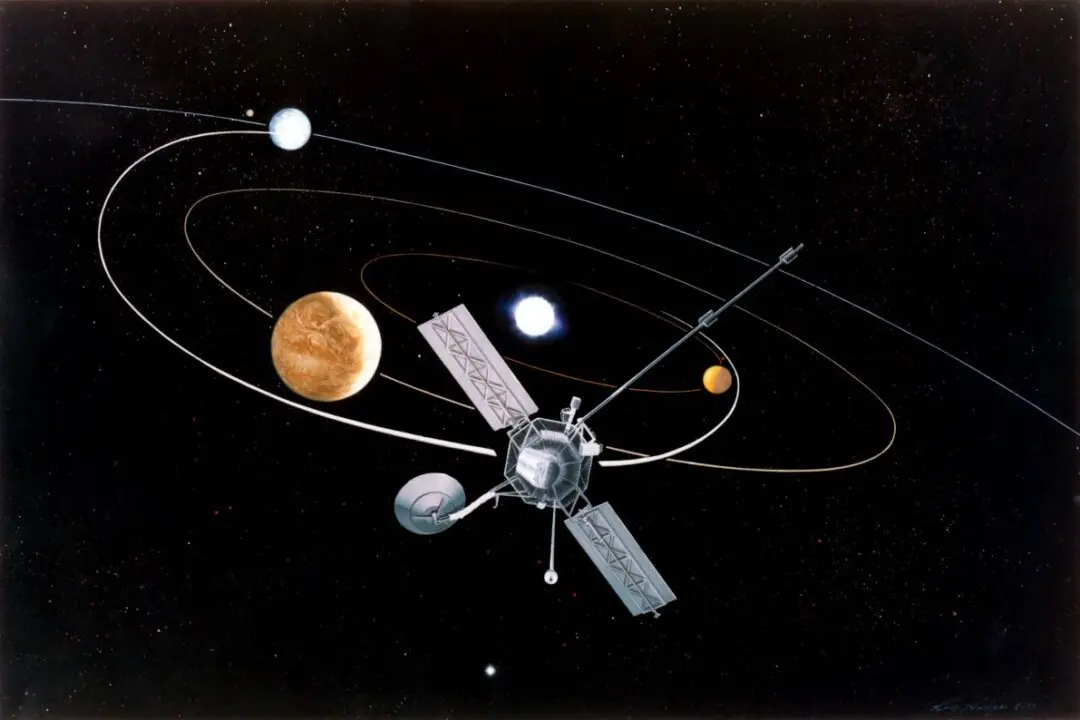Ferdinand Hayden was 10 years old when his alcoholic father died. Shortly after, his mother sent him away from his Massachusetts home to live with an aunt in Ohio. He grew up in a troubled home, but perhaps his parents had a vision for what their son could be by naming him Ferdinand—the name of one of history’s greatest explorers: Ferdinand Magellan.
Whether there was any positive intent on the part of Asa and Melinda Hayden for their son, he nonetheless became one of the great American explorers of the 19th century. He is best known as a geologist and for leading the 1871 Geological Survey (also known as the Hayden Expedition) into what became America’s first national park, Yellowstone.






